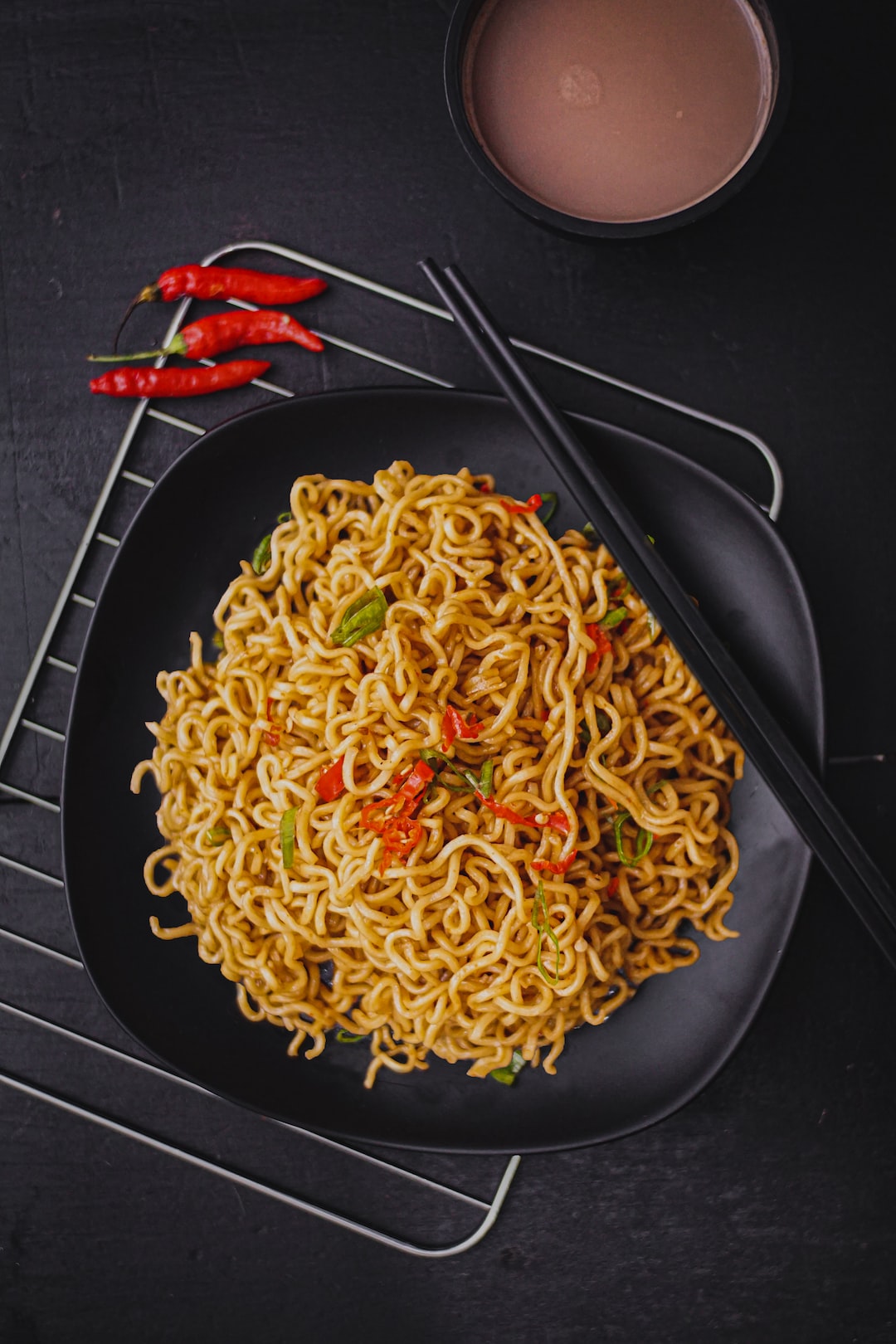Mastering Pasta Making: Tips and Techniques from Italian Nonnas
Pasta is undeniably one of the most beloved dishes around the world. Its versatility in different cuisines and the endless possibilities of shapes, flavors, and accompanying sauces make it a true staple in many households. While prepackaged pasta may be convenient, there’s nothing quite like the satisfaction of making your own pasta from scratch. With the right tips and techniques from the legendary Italian nonnas, you can elevate your pasta game to a whole new level.
First and foremost, let’s talk about the importance of using the right ingredients. Traditionally, pasta dough is made with just two simple ingredients: flour and eggs. Italians prefer to use semolina flour, which is coarser and provides a better texture to the pasta. However, all-purpose flour works just fine for those who prefer a smoother consistency. As for the eggs, use the freshest ones you can find, as they contribute to the richness and flavor of the pasta.
While the ingredients may seem straightforward, the real magic lies in the art of kneading. Nonnas often emphasize the significance of kneading the dough properly. This process develops the gluten in the flour, resulting in a chewier and more elastic pasta. Start by making a well with the flour and crack the eggs into it. Gradually incorporate the flour into the eggs, using a fork or your fingers. Once most of the flour is incorporated, start kneading the dough with your hands until it becomes smooth and firm to touch. This usually takes around 8-10 minutes of kneading, so be patient and enjoy the process.
After achieving the perfect dough consistency, it’s time to let it rest. Nonnas believe that allowing the dough to rest for at least 30 minutes is essential for optimal results. This resting period relaxes the gluten and allows for easier rolling and shaping. So, cover the dough with a clean kitchen towel and let it sit at room temperature while you prepare your work area.
Now comes the fun part – rolling and shaping the pasta! Many nonnas swear by the traditional rolling pin method, which requires strong hands and a bit of practice. However, thanks to modern inventions, you can easily use a pasta machine, also known as a pasta roller, to achieve consistent and thin sheets of pasta. Begin by dividing the rested dough into small portions and flatten each one with your hand. Then, pass the dough through the pasta machine’s rollers on the widest setting, folding it in half each time to create more layers. Gradually decrease the width setting until you reach the desired thickness. From here, you can either use the sheets for lasagnas, cut them into ribbons for fettuccine or tagliatelle, or shape them into various stuffed pasta like ravioli and tortellini.
When it comes to cooking your homemade pasta, there are a few important factors to keep in mind. Firstly, always use a large pot with plenty of boiling water, and don’t forget to add salt to enhance the flavor. Many nonnas recommend cooking the pasta al dente, which means it should have a slight bite, not too soft or mushy. This is achieved by following the suggested cooking time on the package, but tasting the pasta a minute or two earlier to ensure perfection.
Lastly, remember to pair your freshly made pasta with the perfect sauce. Traditional tomato-based sauces, such as amatriciana or marinara, showcase the essence of Italian cuisine. Or you can experiment with creamy sauces like carbonara or pesto, both of which have become classics in their own right. The possibilities are endless, so don’t be afraid to get creative and try new flavors that suit your taste.
In conclusion, mastering the art of pasta making is a rewarding journey that connects you to the culinary traditions of Italy. By following the tips and techniques shared by the Italian nonnas, you can create your very own homemade pasta, bursting with flavor and authenticity. So, put on your apron, roll up your sleeves, and embark on this delicious adventure.
